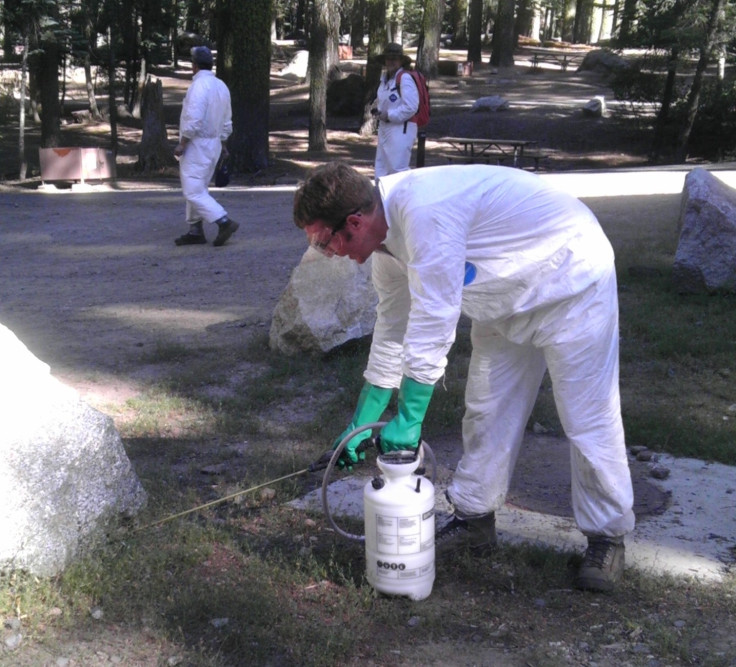Plague-infected fleas found in the US
Residents asked to keep an eye out for a sudden die-off of rodents or pets.

Public Health officials in the US have warned fleas infected with the plague have been found in the state of Arizona.
On Friday (11 August), health workers in Navajo County confirmed fleas in the area tested positive for the Yersinia pestis bacteria which led to millions of Europeans being wiped out in the Middle Ages.
The discovery follows similar reports in neighbouring Coconino County the previous week.
"Navajo County Health Department is urging the public to take precautions to reduce their risk of exposure to this serious disease, which can be present in fleas, rodents, rabbits and predators that feed upon these animals," a warning by public health officials stated.
"The disease can be transmitted to humans and other animals by the bite of an infected flea or by direct contact with an infected animal."
Infected fleas in Navajo County were found in burrows on private property near the town of Taylor, officials said.
It comes after fleas collected in the Doney Park and Red Lake areas of Coconino County also tested positive for the disease.
Health officials in both counties said warning signs other regions may also contain plague-carrying fleas include a sudden die-off of animals like rodents or rabbits.
They have asked any residents noticing such a trend to contact their county's health department.
The public have also been advised to not handle sick or dead animals, to de-flea pets routinely and to not let pets wander.
Meanwhile campers have been told not to keep away from rodent burrows, to avoid sleeping directly on the ground and to use insect repellent.
While news of plague-carrying fleas may startle residents, modern antibiotics are usually effective in treating the illness, assuming treatment is provided early enough.
Without prompt medical care, the disease can cause death. In humans, early symptoms can include a painful swelling of the lymph nodes in the groin, armpits or neck, along with chills, fever, headaches and fatigue.
One of the most recent spikes in cases of human plague in the US – between April and August 2015 – left three of 11 patients dead, aged 16, 52 and 79.
The infections occurred in Arizona, California, Colorado, Georgia, New Mexico, and Oregon.
Studies suggest outbreaks are more likely to occur during cooler summers that follow wet winters.
Forms of plague (source: Centers for Disease Control and Prevention)
Bubonic plague is the most common form of plague. It usually occurs after the bite of an infected flea. The key feature of bubonic plague is a swollen, painful lymph node, usually in the groin, armpit or neck. Other symptoms include fever, chills, headache, and extreme exhaustion. A person usually becomes ill with bubonic plague 1 to 6 days after being infected. If not treated early, the bacteria can spread to other parts of the body and cause septicemic or pneumonic plague.
Septicemic plague occurs when plague bacteria multiply in the bloodstream. Symptoms include high fever, exhaustion, light-headedness, and abdominal pain. Septicemic plague can quickly cause shock and organ failure.
Pneumonic plague occurs when plague bacteria infect the lungs. Symptoms include high fever, chills, cough, difficulty breathing, and coughing up bloody mucus. Pneumonic plague is almost always fatal if not treated rapidly.
© Copyright IBTimes 2025. All rights reserved.






















